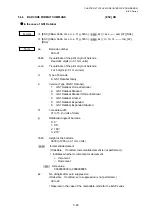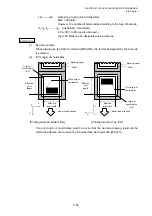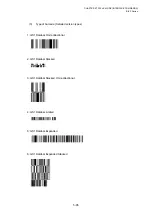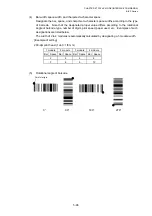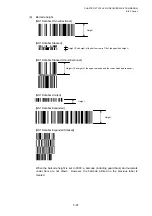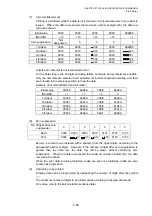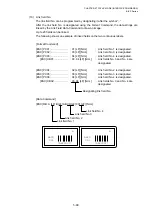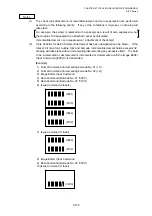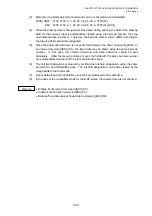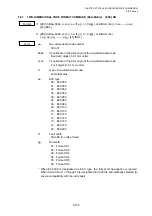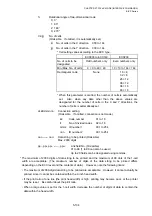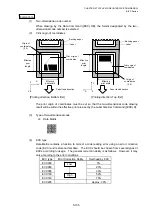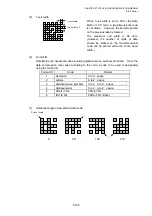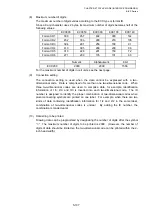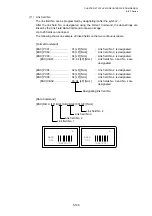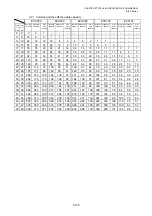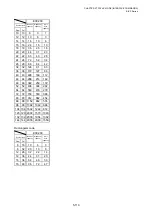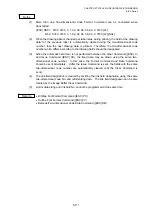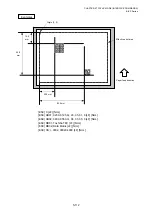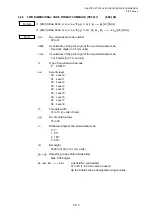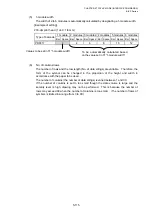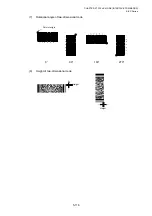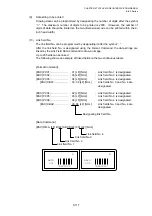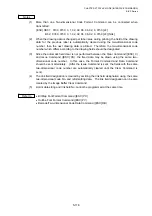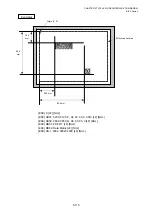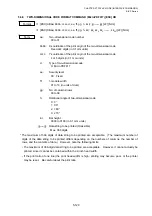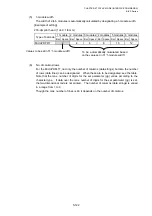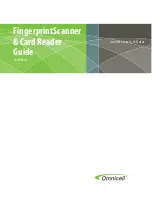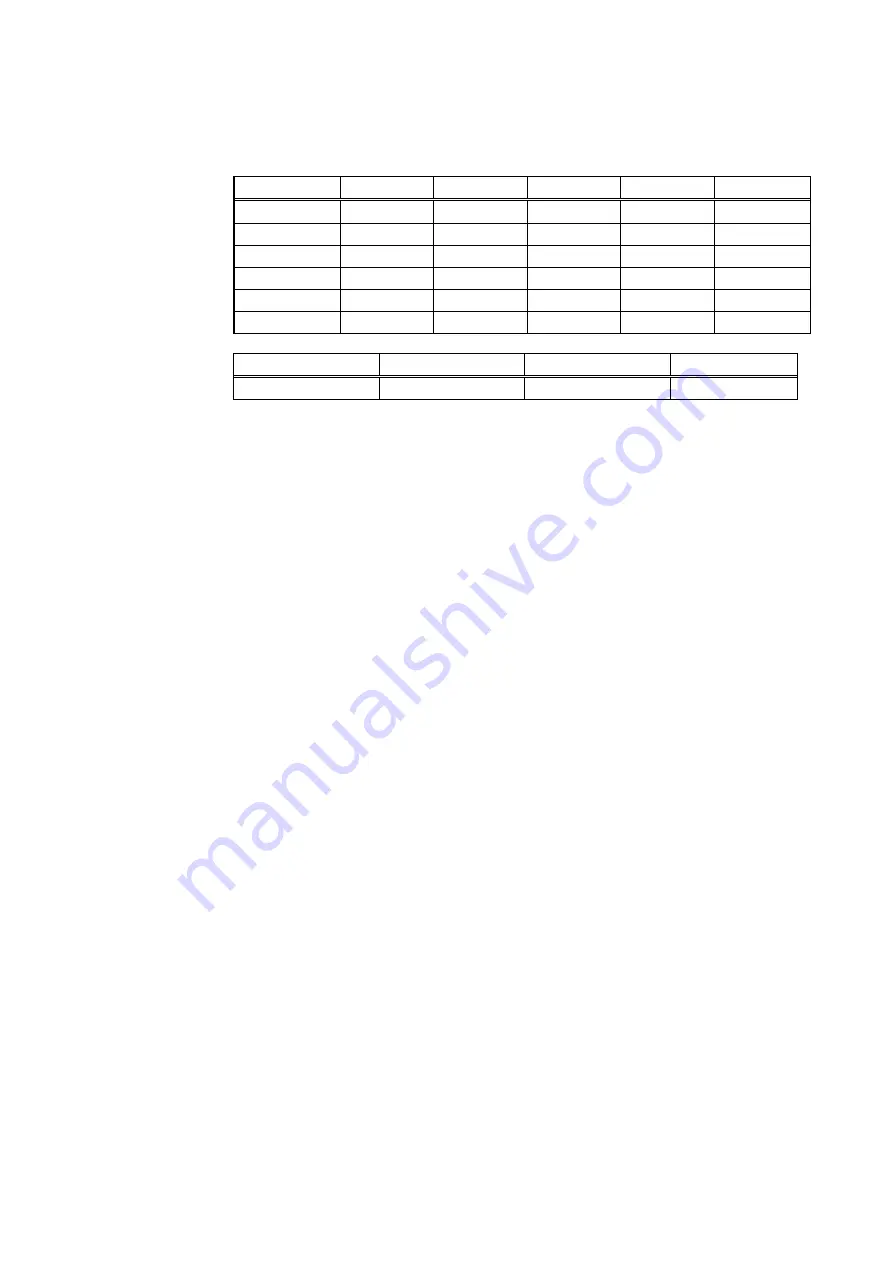
CHAPTER 5 TPCL-LE MODE (INTERFACE COMMANDS)
B-EP
Series
5-107
(8)
Maximum number of digits
The maximum number of digits varies according to the ECC type or format ID.
Since a Kanji character uses 2 bytes, its maximum number of digits becomes half of the
following values:
ECC000 ECC050 ECC080 ECC100 ECC140
Format
ID
1
500 457 402 300 144
Format
ID
2
452 333 293 218 105
Format
ID
3
394 291 256 190 91
Format
ID
4
413 305 268 200 96
Format
ID
5
310 228 201 150 72
Format
ID
6
271 200 176 131 63
Numeric
Alphanumeric
8
bit
ECC200 2000 2000 1556
For the maximum number of digits in cell units, see the next page.
(9)
Connection
setting
The connection setting is used when the data cannot be expressed with a two-
dimensional code. Data is comprised of more than one two-dimensional code. When
three two-dimensional codes are used to comprise data, for example, identification
information of 1/3, 2/3, and 3/3 is inserted into each two-dimensional code. The ID
number is assigned to identify the proper combination of two-dimensional codes when
plural connecting symbols are printed on one label. For example, when there are two
kinds of data containing identification information for 1/2 and 2/2 in the same label,
combination of two-dimensional codes is unclear. By adding the ID number, the
combination is made clearer.
(10) Data string to be printed
Drawing data can be programmed by designating the number of digits after the symbol
“=.” The maximum number of digits to be printed is 2000. (However, the number of
digits of data should be limited so the two-dimensional code can be printed within the 2-
inch head width.)

